Belonging to the Malvaceae family, hollyhocks ( Alcea rosea ) are tall, eye-catching biennial or short-lived perennials. These plants, known for their striking spikes of vibrant, funnel-shaped flowers, can grow up to 8 feet tall, adding dramatic height to any garden. Available in a range of colors, such as pink, red, white, yellow, and purple, they bloom from mid-summer to early fall. Hollyhocks are a versatile choice for gardeners wanting to add vertical interest and color because they flourish in various climates and soils.

The Historical Significance of Hollyhocks
Hollyhocks possess a rich historical background, having been cultivated for centuries. Their origins lie in Asia and Europe, and early settlers introduced them to the Americas. In the Middle Ages, monastery gardens commonly featured hollyhocks, valued for their medicinal qualities. Believed to possess healing capabilities, they were utilized in poultices for treating wounds and inflammation. Furthermore, hollyhocks hold cultural importance; in Victorian times, they symbolized ambition and were frequently planted near home entrances to represent the household’s aspirations.

Why Hollyhocks Are a Must-Have in Your Yard
Beyond their beauty, hollyhocks offer numerous advantages that make them essential for any yard. From aesthetic appeal to environmental benefits, medicinal properties, and culinary uses, they are a versatile and valuable addition to any garden.
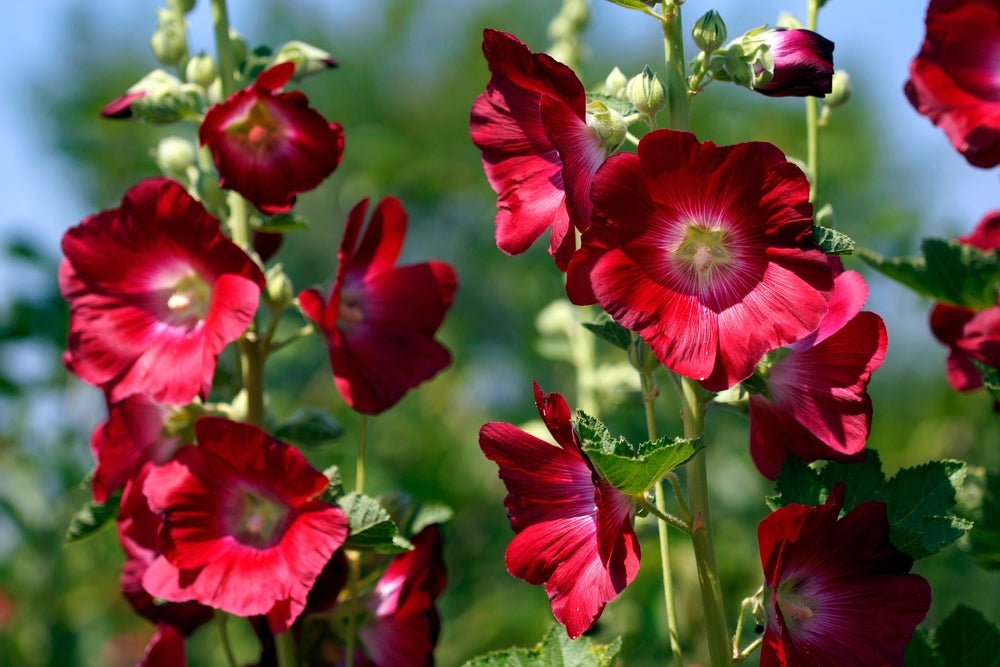
Aesthetic Appeal of Hollyhocks
The towering stature of hollyhocks introduces a dramatic vertical element to gardens, creating a stunning backdrop for smaller plants. The broad color palette enables creative garden designs, whether aiming for a cottage-style garden or a more formal aesthetic. Hollyhocks are suitable for lining fences, walls, or pathways, directing the eye upward and adding depth to the landscape.

Environmental Benefits of Hollyhocks
Hollyhocks are excellent at luring pollinators such as bees, butterflies, and hummingbirds, essential for a healthy garden ecosystem. By offering nectar and pollen, hollyhocks bolster biodiversity and contribute to the overall well-being of gardens. Notably, their deep roots aid in enhancing soil structure and preventing erosion.
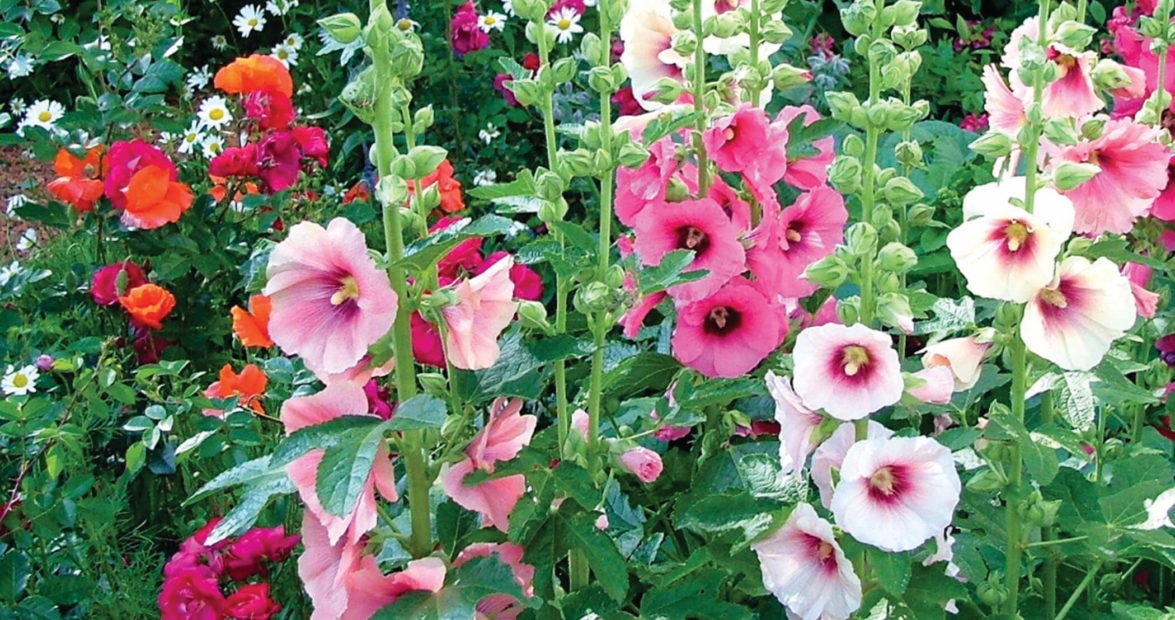
Medicinal Properties of Hollyhocks
Traditional medicine has long utilized hollyhocks for their soothing and anti-inflammatory effects. The plant’s leaves and flowers contain mucilage which can alleviate sore throats, coughs, and digestive problems. Hollyhock tea is a common remedy for respiratory issues. Additionally, the plant’s emollient qualities make it suitable for skin care preparations, soothing irritation and encouraging healing.

Culinary Uses of Hollyhocks
Every part of the hollyhock plant is edible, providing a unique contribution to culinary endeavors. Use the flowers to garnish salads and desserts, adding a vibrant splash of color and a mild, sweet taste. Young leaves can be prepared like spinach or enjoyed raw in salads. Harvest hollyhock seeds and use them as a crunchy topping for dishes or grind them into flour.
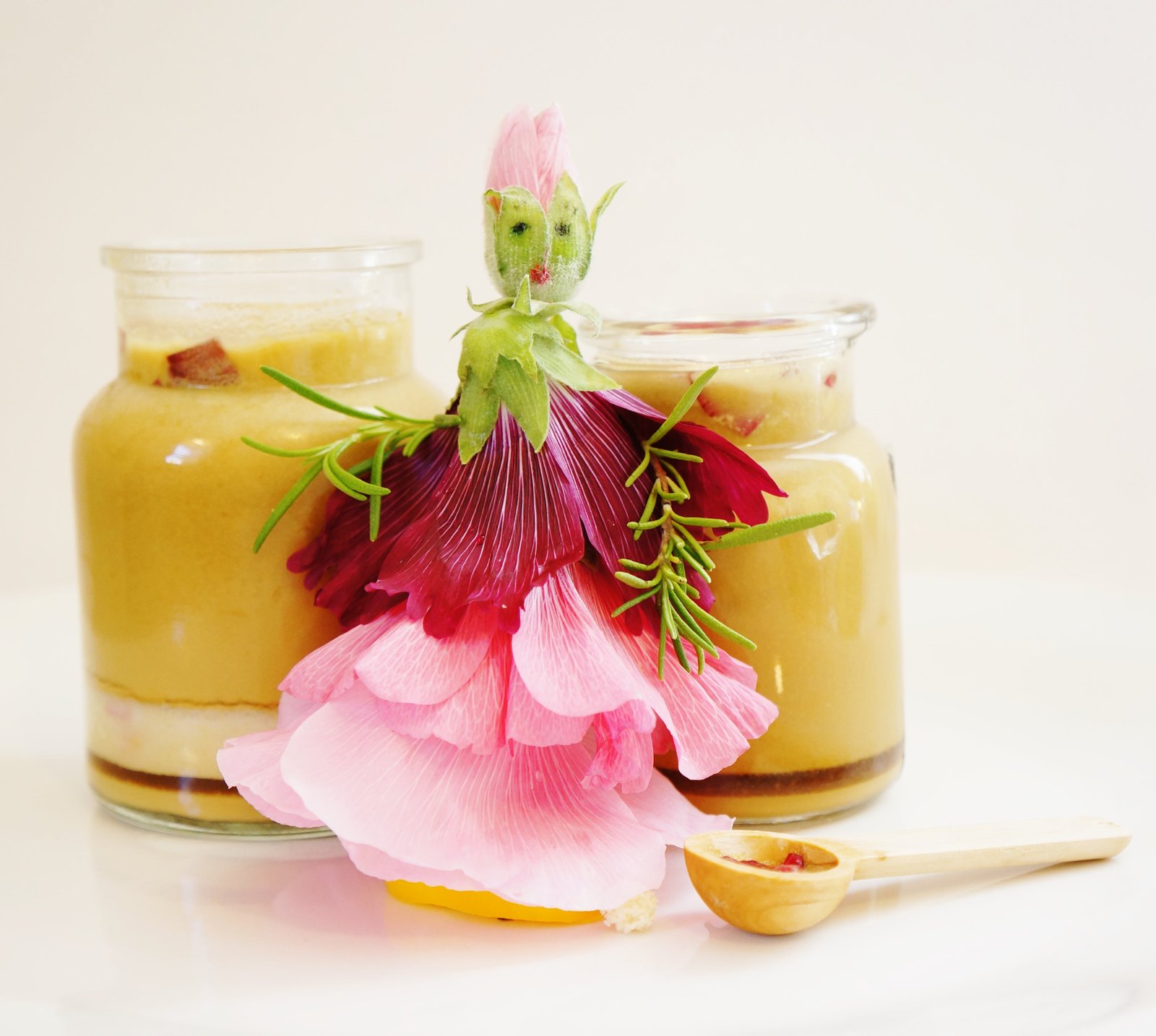
How to Successfully Grow Hollyhocks
Hollyhocks are comparatively easy to grow, yet they need specific conditions to thrive. By selecting the appropriate location, providing adequate soil and water, and adhering to a few care guidelines, these beautiful plants can flourish in your garden for years.
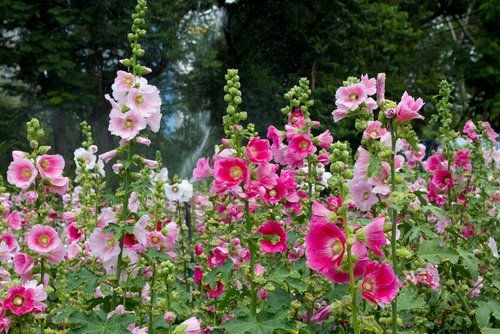
Choosing the Right Location for Hollyhocks
Hollyhocks thrive best in full sunlight, so select a garden spot receiving at least six hours of direct sunlight each day. While tolerant of various soil types, they prefer well-drained soil. Position them in a protected location to shield them from strong winds that could damage their tall stems.

Soil and Water Requirements for Hollyhocks
Hollyhocks flourish in fertile, well-drained soil with a pH between 6.0 and 8.0. Enhance your soil with compost or well-rotted manure to promote fertility and drainage. Consistent watering is crucial, particularly during dry periods, but avoid overwatering; this may cause root rot.
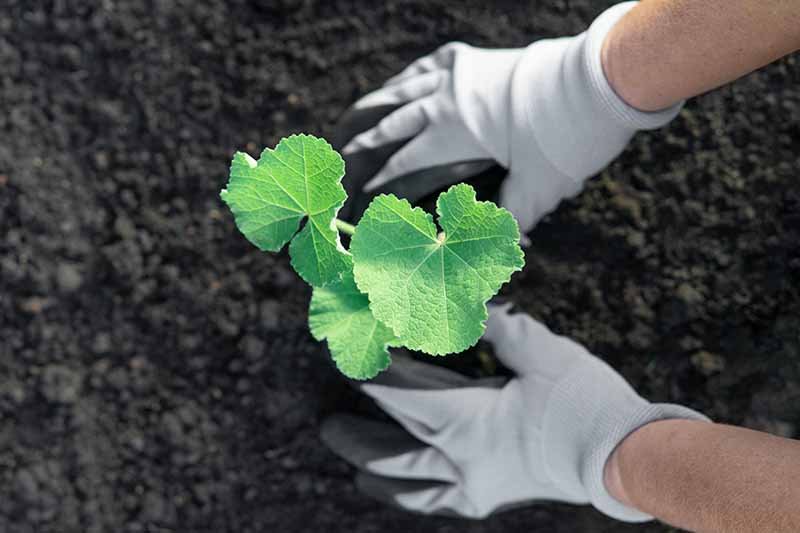
Planting and Caring for Hollyhocks
Sow hollyhock seeds directly into the garden in late spring or early summer. Keep a spacing of approximately 18 to 24 inches between plants to ensure adequate air circulation. Once established, hollyhocks require minimal maintenance. Regularly deadhead spent flowers to promote continuous blooming, and cut back the stems following flowering to stimulate new growth. Apply mulch around the base of the plants to help retain moisture and control weeds.
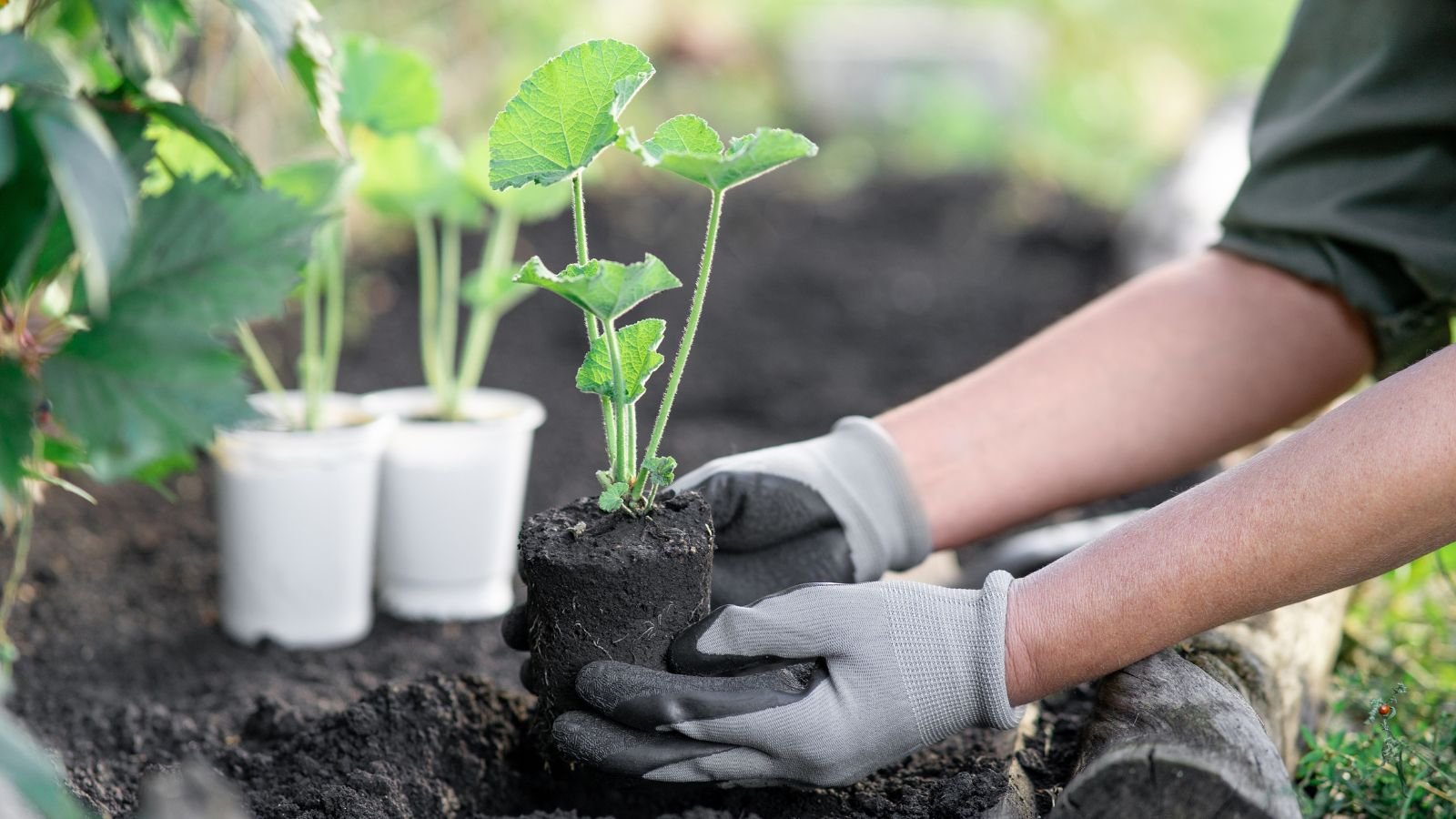
Common Pests and Diseases of Hollyhocks
Rust, a fungal infection marked by orange spots on the leaves, is a common affliction for hollyhocks. To avert rust, ensure ample air circulation and refrain from overhead watering. If rust appears, promptly remove and discard affected leaves. Aphids and spider mites may also pose problems; address them using insecticidal soap or neem oil.
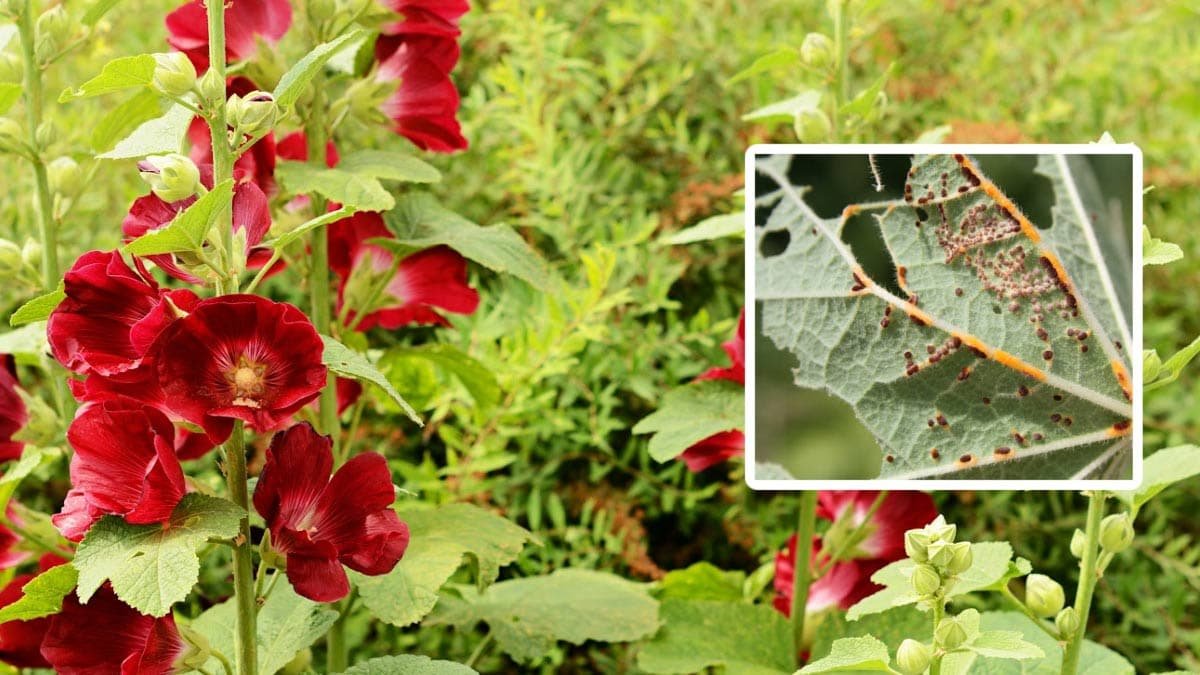
How to Eat Every Part of the Hollyhock Plant
Hollyhocks supply a range of edible components, each providing unique culinary opportunities. Learning how to prepare and utilize each part enables creative and tasty additions to your diet.
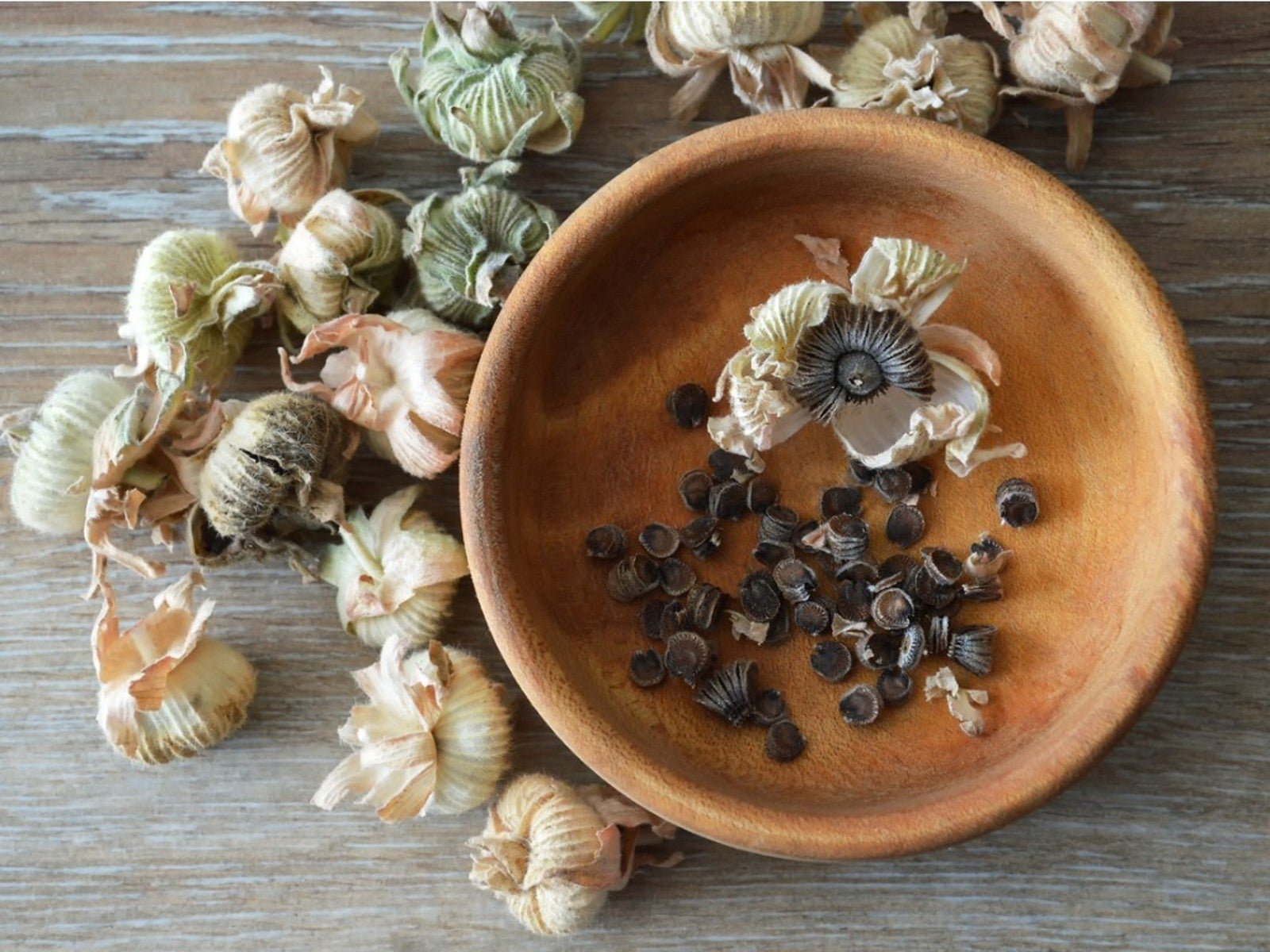
Preparing Hollyhock Flowers for Consumption
Hollyhock flowers are suitable for both raw and cooked preparations. Prior to use, gently rinse the flowers to eliminate any dirt or insects. Employ them as a vibrant garnish for salads, desserts, or beverages. Alternatively, stuff the blossoms with cheese or assorted fillings and bake for a unique appetizer.

Using Hollyhock Leaves in Culinary Dishes
Young hollyhock leaves can be used in many dishes. They feature a mild flavor that enhances salads, soups, and stews. For a simple side dish, sauté the leaves with garlic and olive oil. Blanch older leaves and employ them as wrappers for fillings, similar to grape leaves.
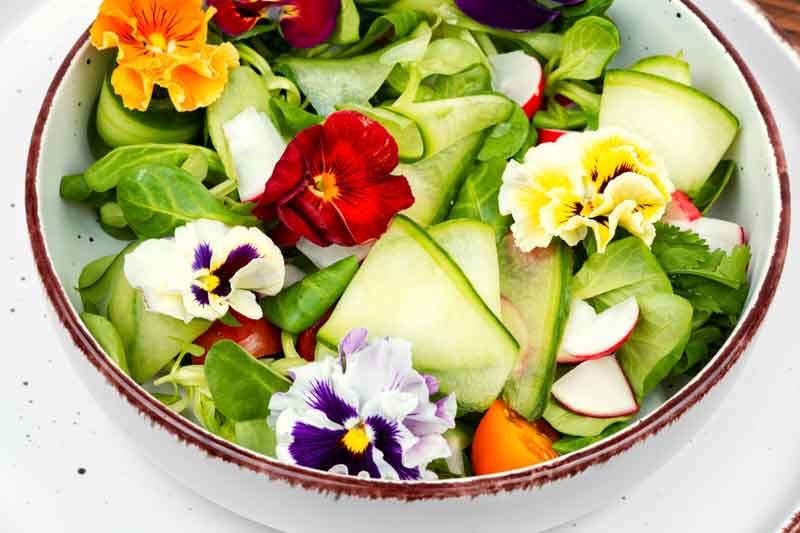
Harvesting and Eating Hollyhock Seeds
Harvest hollyhock seeds once the seed pods have dried on the plant. Retrieve the seeds by simply breaking open the pods and extracting them. Enjoy them raw, toasted, or ground into flour. They can be utilized as a crunchy addition to salads or baked goods, or incorporated into granola or trail mix.

Conclusion: Embracing Hollyhocks in Your Garden and Kitchen
Hollyhocks present a versatile and valuable incorporation to any garden, imparting beauty, environmental benefits, medicinal qualities, and culinary applications. Integrating hollyhocks throughout your landscape and diet provides numerous benefits while simultaneously injecting a touch of history and charm into your home. Be you an seasoned gardener or a culinary enthusiast, hollyhocks afford vast opportunities for creativity and enjoyment.

